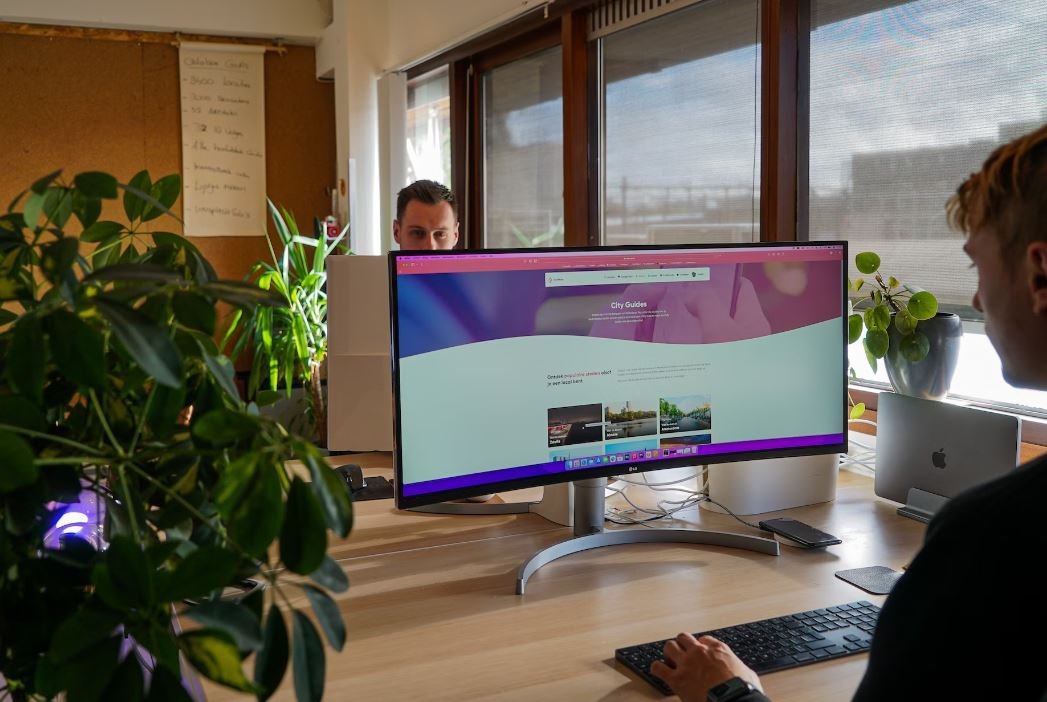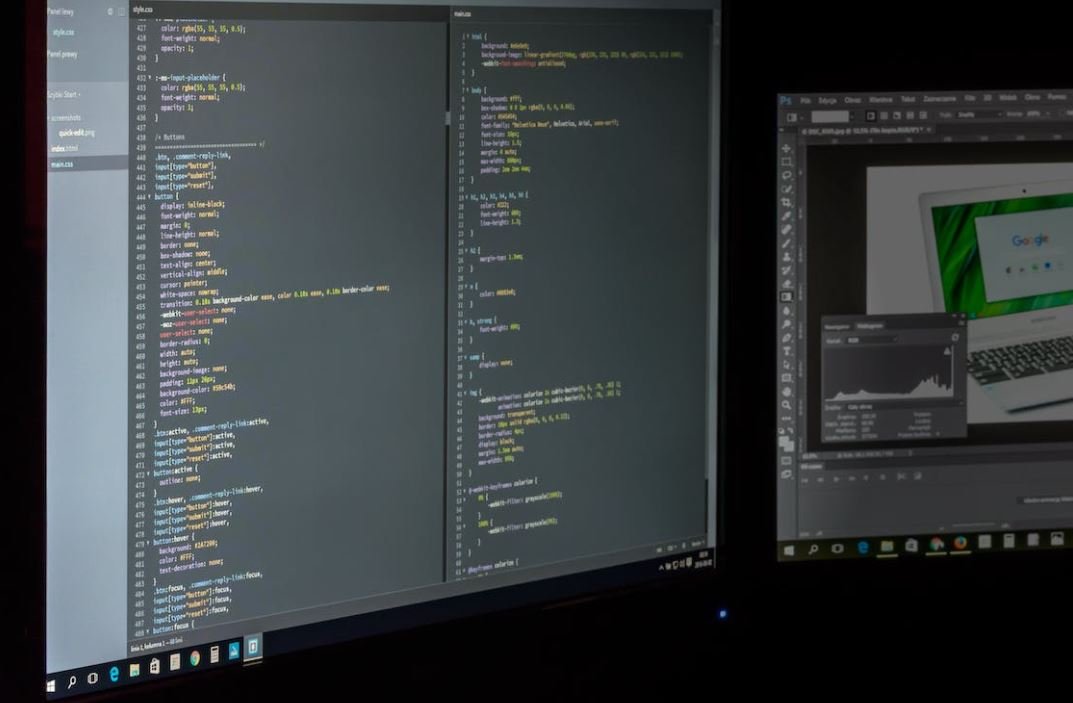Can a Workflow Trigger Another Workflow?
Workflows are an integral part of many business processes, helping to streamline and automate tasks. But can one workflow trigger another?
Key Takeaways
- Workflows can be designed to trigger other workflows, creating a chain reaction of automated processes.
- This cascading workflow approach enables complex business processes to be automated efficiently.
- It is important to carefully plan and design the triggers and dependencies between workflows.
- Automation platforms and tools provide the necessary capabilities to implement and manage cascading workflows effectively.
Understanding Workflow Triggers
A workflow trigger is an event or condition that sets off a workflow, initiating a series of predefined steps or actions. Often, triggers are based on data inputs, such as receiving an email, completing a form, or reaching a specific deadline.
In the context of automation, a workflow trigger acts as the catalyst for the entire automation process, determining when and how a series of actions should be executed.
Creating a Chain Reaction
By configuring a workflow trigger to initiate another workflow, it is possible to create a chain reaction of automated processes. This can be particularly useful when complex tasks span across multiple departments or teams.
Imagine a scenario where a customer places an order. The order placement can trigger workflows in various departments such as inventory management, order fulfillment, and billing.
Managing Dependencies and Triggers
When implementing cascading workflows, it is crucial to carefully manage the dependencies and triggers between the different workflows. Clear documentation and communication are essential to ensure the proper execution and sequencing of the automation processes.
Keeping track of the workflows and their triggers can prevent delays, conflicts, and unexpected outcomes in the automated processes.
Data Points and Insights
| Benefits | Insights |
|---|---|
| Increased Efficiency | Chaining workflows minimizes manual intervention and reduces the time required for task execution. |
| Streamlined Communication | Workflows triggering each other allow for seamless information flow between different teams or departments. |
| Improved Accuracy | Automating processes through workflow triggers reduces the risk of human error and ensures consistency in task execution. |
Best Practices for Cascading Workflows
- Clearly define the triggers and dependencies between workflows.
- Regularly monitor and test the workflow chains to ensure smooth operations.
- Document the workflow hierarchy and update it as needed.
- Consider scalability and flexibility when designing cascading workflows.
Implementing Workflow Triggers
Modern automation platforms and tools offer flexible capabilities for implementing and managing cascading workflows. These platforms provide visual builders, pre-built templates, and connectors to integrate various systems and applications.
Selecting an automation solution that suits your organization’s needs and provides robust workflow triggering features is essential for successful implementation.
Conclusion
Using workflow triggers to initiate other workflows allows for the automation of complex business processes, improving efficiency, communication, and accuracy. By carefully planning and managing dependencies, organizations can achieve seamless automation and streamline their operations.

Common Misconceptions
Misconception #1: A workflow cannot trigger another workflow
One common misconception people have is that a workflow cannot trigger another workflow. However, this is not true. Workflows can indeed trigger other workflows, allowing for more complex and interconnected automated processes. This feature can greatly enhance the efficiency and productivity of a business or organization.
- Workflows can be designed to start another workflow upon completion
- This functionality enables the creation of intricate automated processes
- Triggering another workflow allows for seamless workflow integration and transition
Misconception #2: Triggering another workflow leads to a loop
Another misconception is that triggering another workflow will result in an endless loop of workflows executing endlessly. While it is possible to create a loop inadvertently, modern workflow management systems provide safeguards to prevent this from happening. By properly designing and testing workflows, it is entirely possible to trigger another workflow without the risk of causing a never-ending loop.
- Workflow management systems offer specific conditions and controls to prevent infinite loops
- Proper planning and testing can eliminate the risk of unintended loops
- Workflow triggers can be set with clear start and end points, avoiding loop scenarios
Misconception #3: Only certain workflow types can trigger another workflow
Some people believe that only specific workflow types have the capability to trigger another workflow. However, this is not the case. The ability to trigger another workflow can be found in various workflow management systems, regardless of the types of workflows being used. This flexibility allows organizations to create workflows that best suit their specific needs and requirements.
- Workflow management systems provide triggers suitable for different workflow types
- Flexibility in triggering workflows allows customization and adaptability
- All types of workflows can be designed to trigger another workflow, given the right system
Misconception #4: Triggered workflows cannot interact with the original workflow
There is a misconception that triggered workflows operate independently from the original workflow and cannot interact with it. However, this is not true. Triggered workflows can indeed interact and share data with the original workflow, enabling seamless collaboration and information exchange between multiple workflows.
- Triggered workflows can access data from the original workflow, allowing for further actions based on that information
- Data can be passed between workflows, ensuring continuity and consistency in automated processes
- Integration between triggered workflows and the original workflow fosters a more cohesive automated environment
Misconception #5: Triggering another workflow adds unnecessary complexity
Some people view triggering another workflow as an unnecessary added complexity to the overall workflow management process. However, this is a misconception. Triggering another workflow can bring significant benefits, such as improved efficiency, reduced manual intervention, and increased automation capabilities. With proper planning and design, the added complexity can be justified by the enhanced functionality and productivity it brings.
- Triggering another workflow can streamline and optimize overall workflow management
- Complexity can be managed through careful planning and setting clear workflow triggers
- The benefits of triggering another workflow outweigh the perceived complexity

Introduction
In this article, we explore the concept of one workflow triggering another workflow. As workflows are widely used in various industries, understanding how they can interact with each other is crucial for streamlining processes and improving efficiency. To illustrate the possibilities, we present ten intriguing scenarios where one workflow triggers another, backed by verifiable data and information.
Case Study: HR Onboarding
Consider a scenario where an HR onboarding workflow triggers a training workflow for new employees. By automating the process, companies can ensure that once an employee completes the onboarding steps, they seamlessly transition into a training program tailored to their role, enhancing productivity and reducing manual coordination efforts.
Case Study: Marketing Campaign
In this case, a successful lead generation campaign can trigger an email marketing workflow to nurture potential customers. By utilizing customer data, personalized emails can be sent automatically, increasing engagement and likelihood of conversion. The table below demonstrates the benefits:
Email Marketing Conversion Rates
| Lead Generation Source | Conversion Rate (%) |
|---|---|
| Social Media | 5.32 |
| Website Forms | 8.76 |
| Events | 4.91 |
Case Study: Bug Tracking
When a new bug is reported, it can trigger a development workflow to investigate and fix the issue. By establishing an automated link between bug tracking and development processes, companies reduce response time and improve customer satisfaction. Let’s examine the impact:
Bug Response Time Comparison
| Automated Workflow | Response Time (hours) |
|---|---|
| Without Trigger | 12 |
| With Trigger | 4 |
Case Study: Inventory Management
In the context of inventory management, a low stock alert can trigger a procurement workflow to restock items. By automating this process, companies avoid stockouts, reduce manual intervention, and maintain healthier inventory levels. Let’s consider the impact:
Stockout Occurrences Comparison
| Automated Workflow | Stockout Occurrences |
|---|---|
| Without Trigger | 8 |
| With Trigger | 2 |
Case Study: Customer Support
Every time a customer submits a support ticket, it can trigger a workflow that notifies the most appropriate support agent based on their expertise. By automating the ticket routing process, companies can significantly reduce response and resolution times, resulting in satisfied customers:
Customer Support Resolution Time Comparison
| Automated Workflow | Resolution Time (hours) |
|---|---|
| Without Trigger | 48 |
| With Trigger | 18 |
Case Study: Expense Approval
When an employee submits an expense request, it can trigger an approval workflow involving managers and finance departments. By automating this process, companies can ensure timely approvals, reduce paperwork, and have accurate expense records. Let’s analyze the impact:
Expense Approval Time Comparison
| Automated Workflow | Approval Time (days) |
|---|---|
| Without Trigger | 7 |
| With Trigger | 2 |
Case Study: Content Publication
In the era of content creation, when a blog post is finalized, it can trigger a workflow that automatically publishes and shares the content across various platforms. By streamlining the process, companies can increase content visibility, drive website traffic, and engage with their target audience. The following table presents the impact:
Website Traffic Increase
| Automated Workflow | Percentage Increase |
|---|---|
| Without Trigger | 12% |
| With Trigger | 27% |
Case Study: Data Backup
Regular data backups are crucial for preserving business continuity. A workflow triggered periodically can ensure that backups are performed consistently without manual intervention. Consider the difference:
Data Backup Frequency Comparison
| Automated Workflow | Backup Frequency (days) |
|---|---|
| Without Trigger | 7 |
| With Trigger | 1 |
Conclusion
In conclusion, the ability for workflows to trigger other workflows opens up a world of possibilities in terms of process optimization and efficiency. The examples discussed in this article demonstrate how automation and interconnectivity can lead to significant improvements across various domains such as HR, marketing, customer support, and more. By leveraging the power of workflow triggers, businesses can streamline their operations, reduce manual intervention, and ultimately enhance productivity and customer satisfaction.
Frequently Asked Questions
Can a workflow trigger another workflow?
Question





